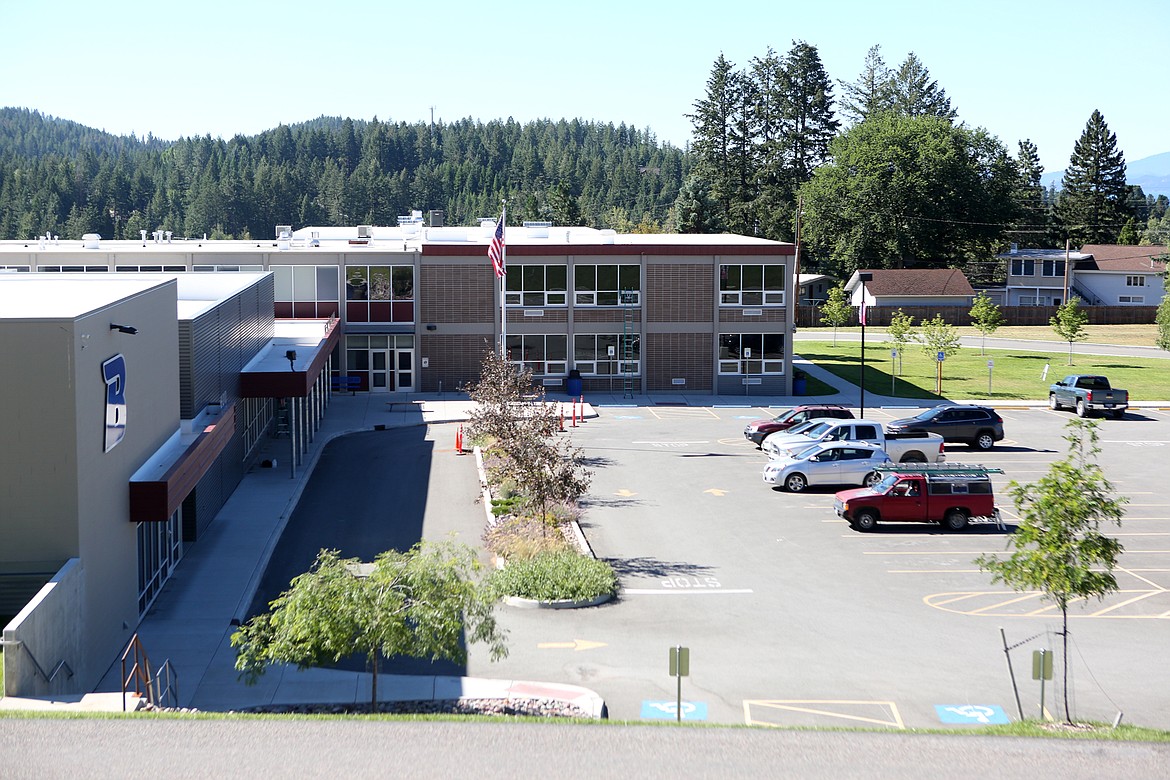Teachers’ union, school board yet to reach agreement on levy spending
Two general-fund levies totaling $591,454 for Bigfork High School and Elementary School passed in May on the grounds that the majority of the funds would be used to bring teacher salaries in line with those of other area schools. But the Bigfork School District 38 Board of Trustees and the Bigfork Area Education Association teachers’ union have clashed over specifics of how the levy dollars will be allocated and have yet to come to an agreement after meeting twice to negotiate...
Become a Subscriber!
You have read all of your free articles this month. Select a plan below to start your subscription today.
Already a subscriber? Login



